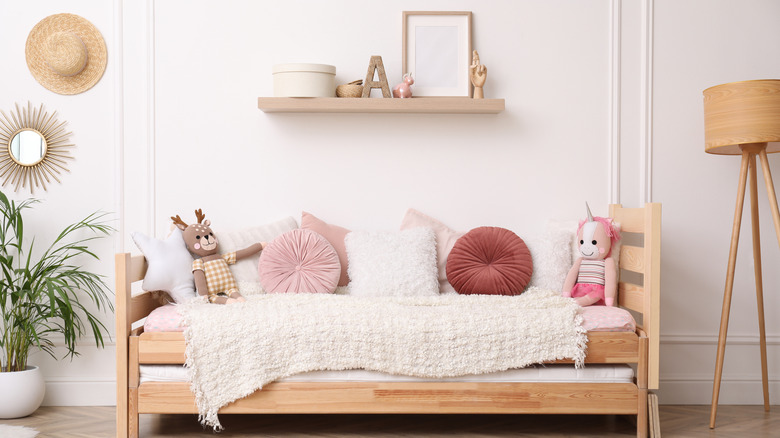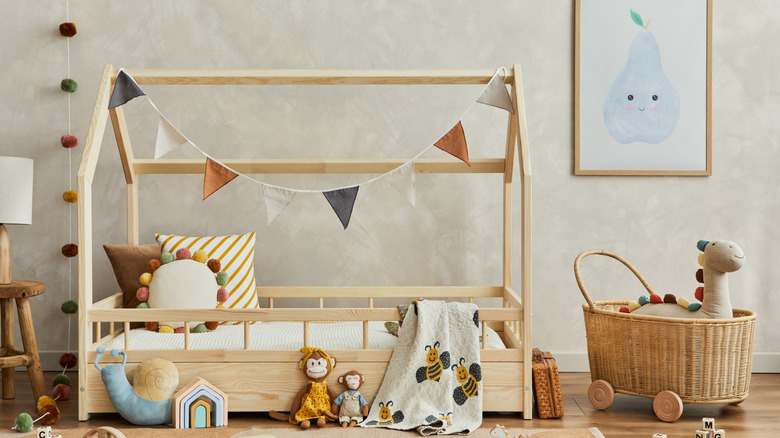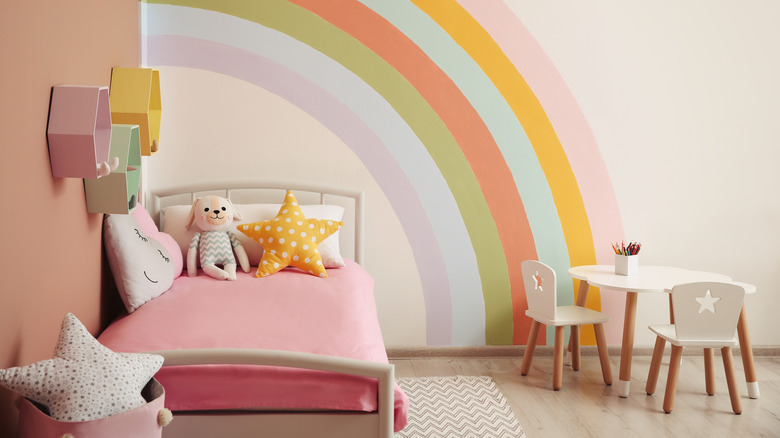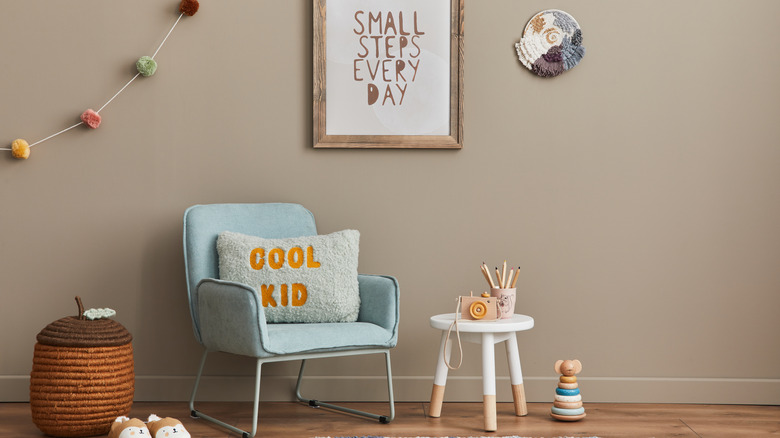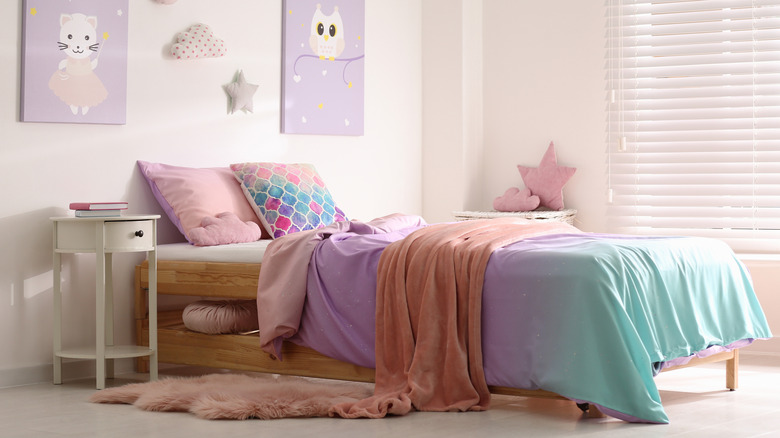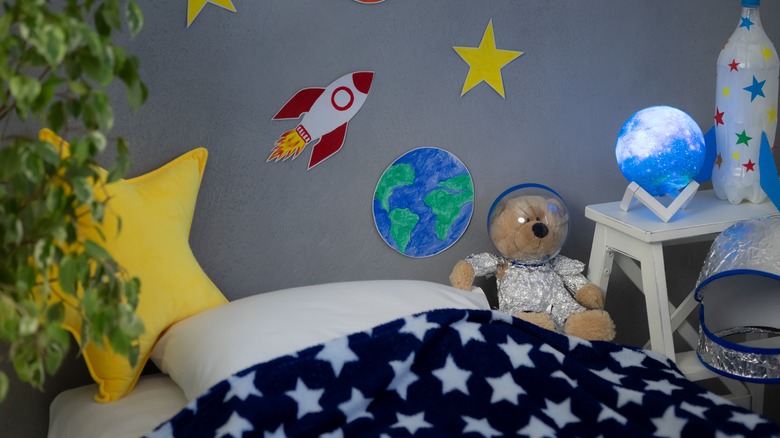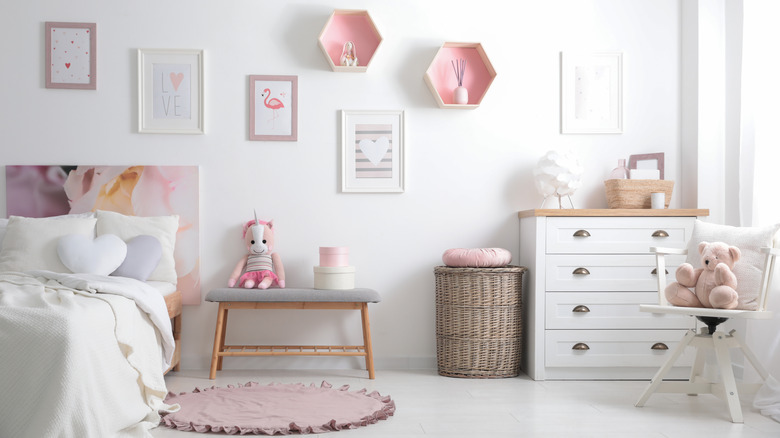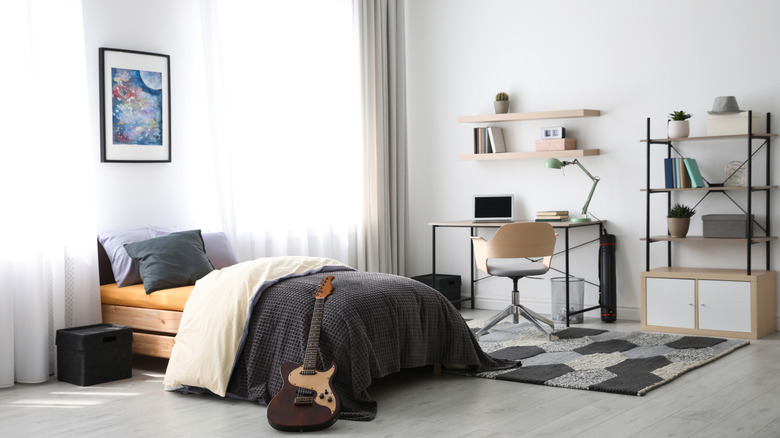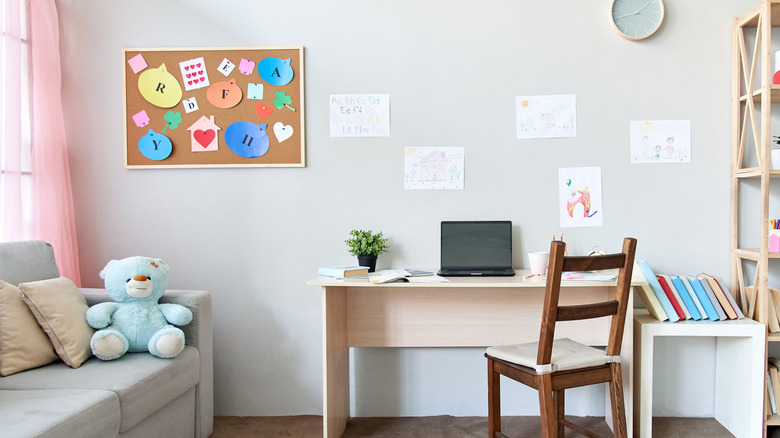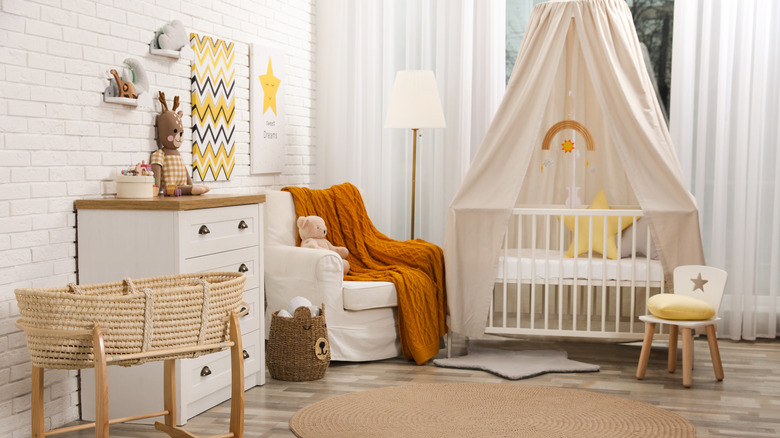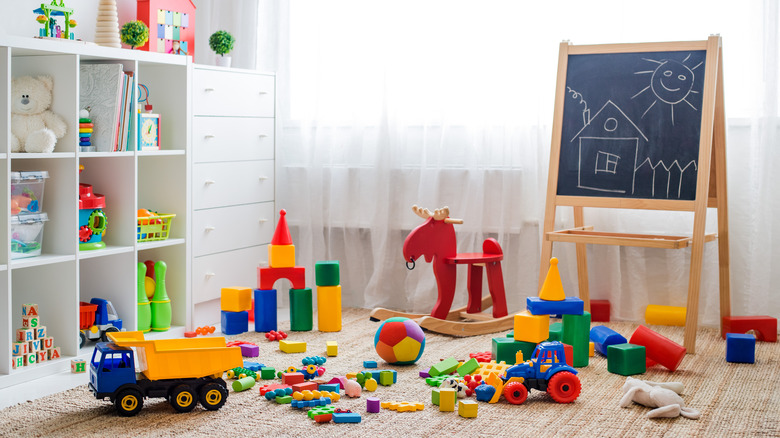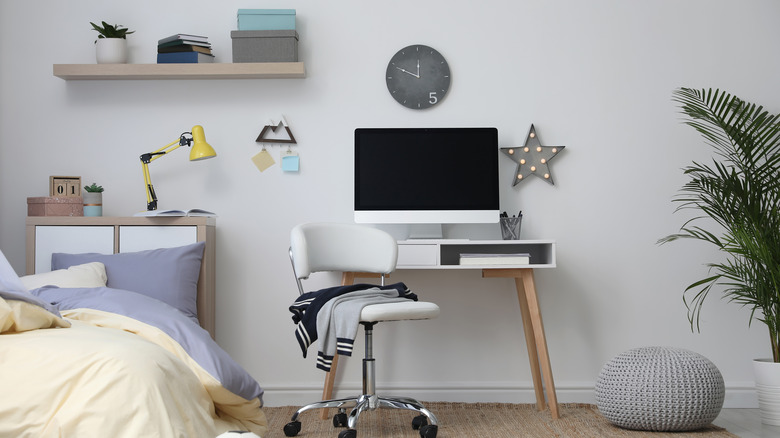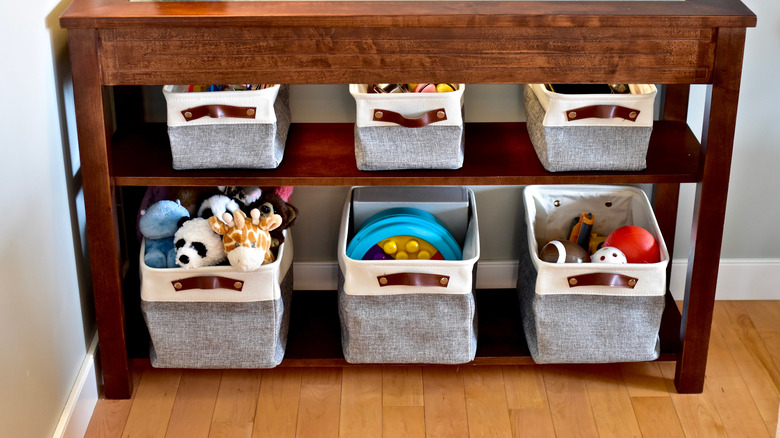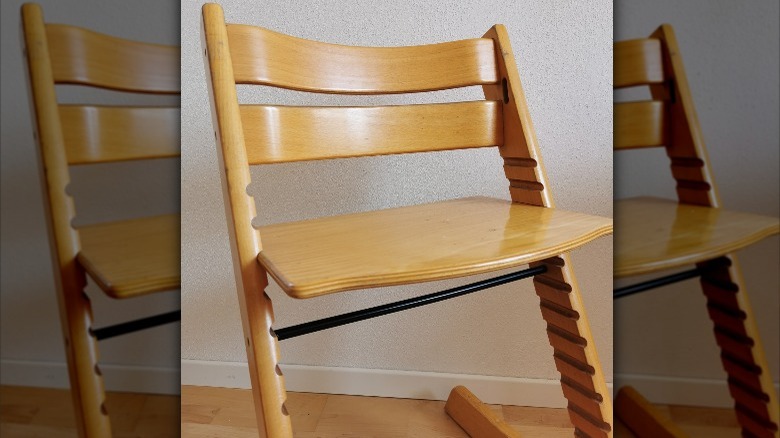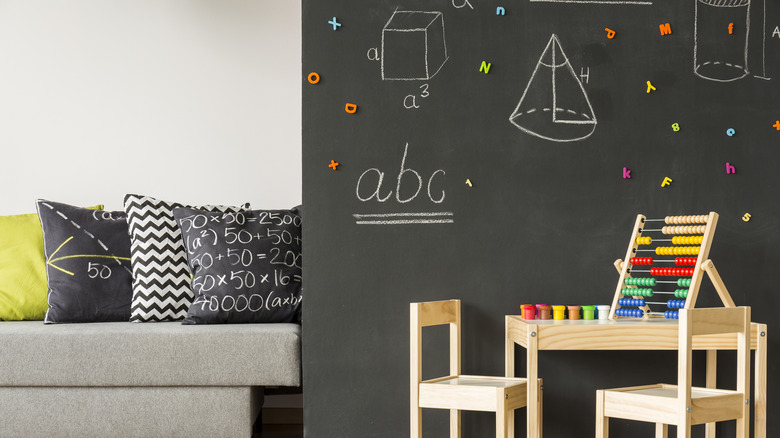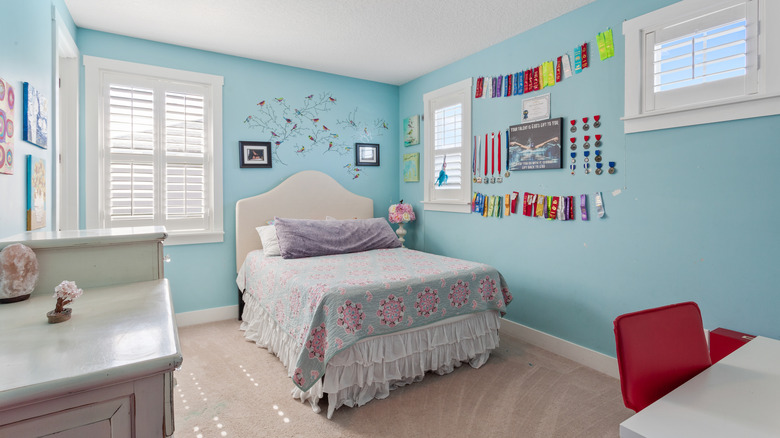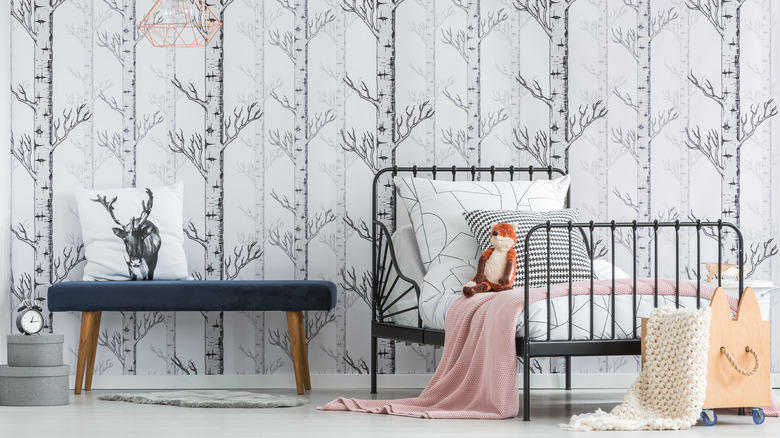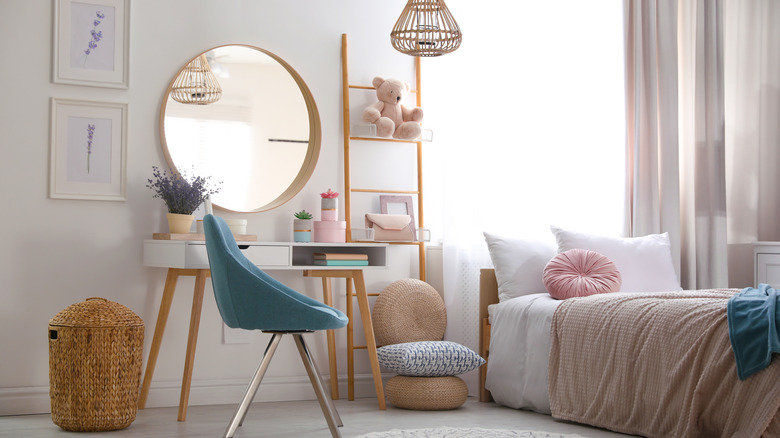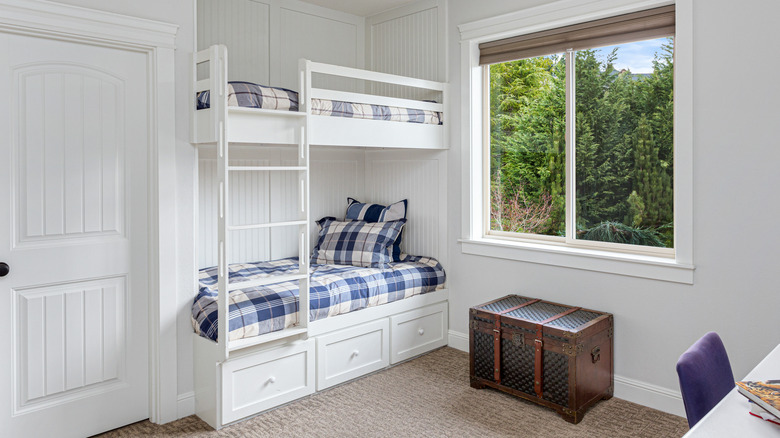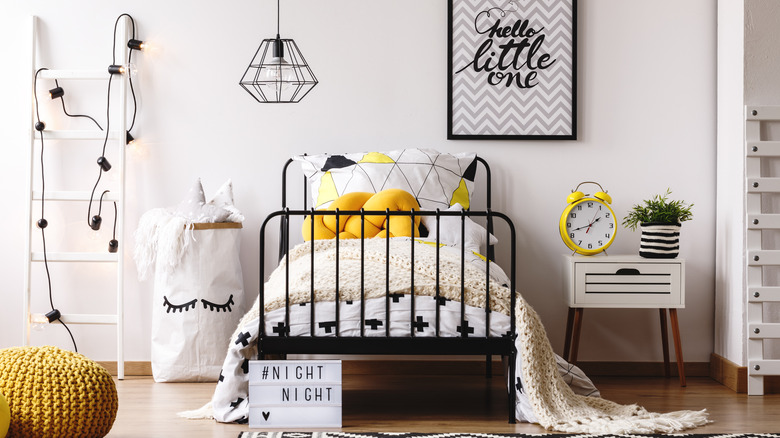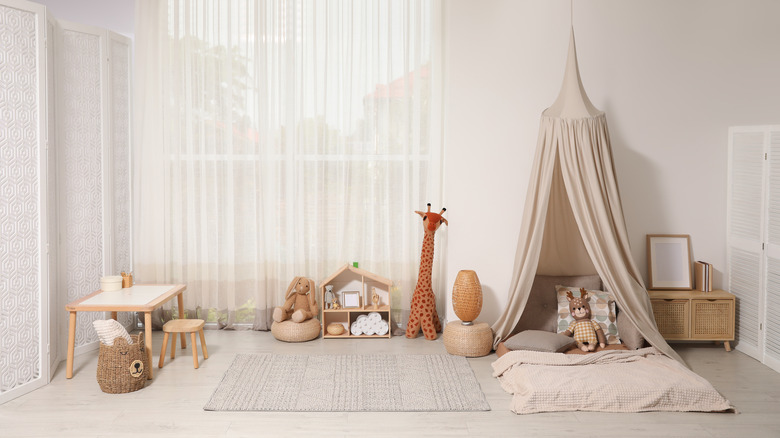20 Ways To Decorate Your Kid's Bedroom So It's Not Too Childish As They Grow Up
Decorating your child's bedroom can be a huge source of creativity and fun, but it can also come with challenges. Knowing that your child will soon grow out of their crib and toys can make it difficult to design their bedroom effectively. Of course you want your child to enjoy their space now, but kids grow up fast and it's a good idea to also think about how their needs and interests will change in the future.
This is why creating an adaptable bedroom for your child is important. It will allow your child to have a space for play when they're young and for other interests and studies when they're older. According to One Kings Lane, the key to an adaptable room is building a good foundation that can easily be customized with adjustable smaller pieces. The décor can be perfect for your little one now, yet it will still be easy for you to upgrade your child's space later. If you're looking for more inspiration on how to style a bedroom that will adapt alongside your child over the years, here are 20 great ideas.
1. Use neutral colors
Painting your child's bedroom a neutral base color makes it easy to upgrade. The neutral shade will provide a solid foundation for the room, while letting you add and switch up accent colors with decorations and toys.
2. Play with the color wheel
However, don't be afraid of wall color, either. After all, painting a room is an easy and fairly inexpensive update. If your child really likes a certain color, don't hold them back from it, even if you know you'll probably be repainting the room in a few years.
3. Incorporate replaceable items
Only decorating with things that can be easily switched out is a good goal to have. For instance, decorating with posters, banners, and small items that sit right on the floor can make the space a cinch to update in the future.
4. Focus on comfort
You could also make it a goal to focus on comfort in your child's bedroom. Plush bedding, oversized pillows, and soft faux fur rugs can make the space feel cozy and inviting.
5. Find the right theme
If your child is intent on having a theme, creating it with easily replaceable items is the best way to go. Let's say they're dying to decorate their room in a space theme. Instead of painting an intricate mural, try drawing smaller stars and planets on paper that they can tape to their wall.
6. Choose an accent color
If you're not sure which direction to go with your child's bedroom, focus on what color they like the most. This can act as an accent color, and the rest of the room can remain neutral. When they inevitably change their mind, you'll only be replacing the small stuff.
7. Add shelving
Shelving is a great idea in any space because it can often be redesigned and configured. When your child is young, they may want to display toys or artwork on their shelves. As they grow up, those same shelves can become a place to store school books or other personal items like awards.
8. Purchase quality neutral furniture
Sticking to a neutral color palette when it comes to furniture is also a good idea. Quality is important for the long haul too. Invest in the items you know you'll want to hang onto and stay in the neutral zone with them. Then add pops of color with smaller decorations.
9. Create convertible spaces
Spaces that can be converted for other uses will come in handy. For instance, in the room pictured above, the crib canopy area can later transform into a fun play spot for indoor campouts under a tent once the crib is removed.
10. Buy temporary items secondhand
Because children grow so fast, things like toys and clothes will quickly be replaced. If you're looking to save some money, you could buy these things secondhand with the intention of donating them back when your child grows out of them and their bedroom is ready for an upgrade.
11. Include a study area
Once your child starts going to school, you may want to think about including a study area in their room that they will grow into over time. This can act as a designated space for homework and may even help improve productivity during the school year.
12. Include flexible storage options
Flexible and interchangeable storage bins can hold different things as storage needs change. Once your child ages out of their toys, these spaces can be cleaned out and used again for whatever your teenager wants.
13. Invest in adjustable furniture
Purchasing adjustable furniture is one way to make pieces last as long as possible. For instance, this chair grows with your child, so it can be used for a number of years. You could also get a crib that turns into a toddler bed.
14. Select customizable décor
Customizable décor will give your child the ability to truly make their space their own. You could add a chalkboard wall or a letter board, so your child can make small changes to their room whenever they desire.
15. Display personal creations
Hanging awards, handmade artwork, and personal photos on a designated wall space may give your child a nice sense of accomplishment. The same space can stay relevant over time by simply changing out the items that are displayed as your child tries new things.
16. Try peel and stick wallpaper
If you want your child's room to make a statement but also be easy to upgrade, give peel and stick wallpaper a try. Many designs are suitable for young children but also have a touch of timeless class. This kind of wallpaper is easy to remove and can be replaced at anytime.
17. Ignore trends
When designing your child's room, don't get caught up in what's trendy. If your child happens to love a specific trendy item, go ahead design around it sparingly. But if something is only chosen because it's popular in the moment, be prepared for it to go out of style quickly.
18. Don't add anything too permanent
Sometimes built-in furniture can work. If your child has a really small bedroom, adding built-ins may save space. However, most growing children like to change up their room, including the way their furniture is arranged. Because of this, you may want to avoid anything too permanent.
19. Mix it up with patterns
By mixing patterns you can have fun experimenting with quirky undertones and interesting textures in ways that could be easily changed out. Try patterned duvet covers, area rugs, or funky artwork.
20. Don't focus on your own preferences
Finally, don't allow your own preferences to interfere too much with your child's room, especially as they get older. Children want to express themselves, and letting them do so in their bedroom will help them foster a sense of personal creativity.
